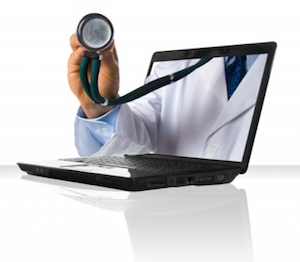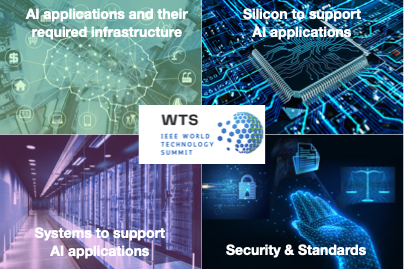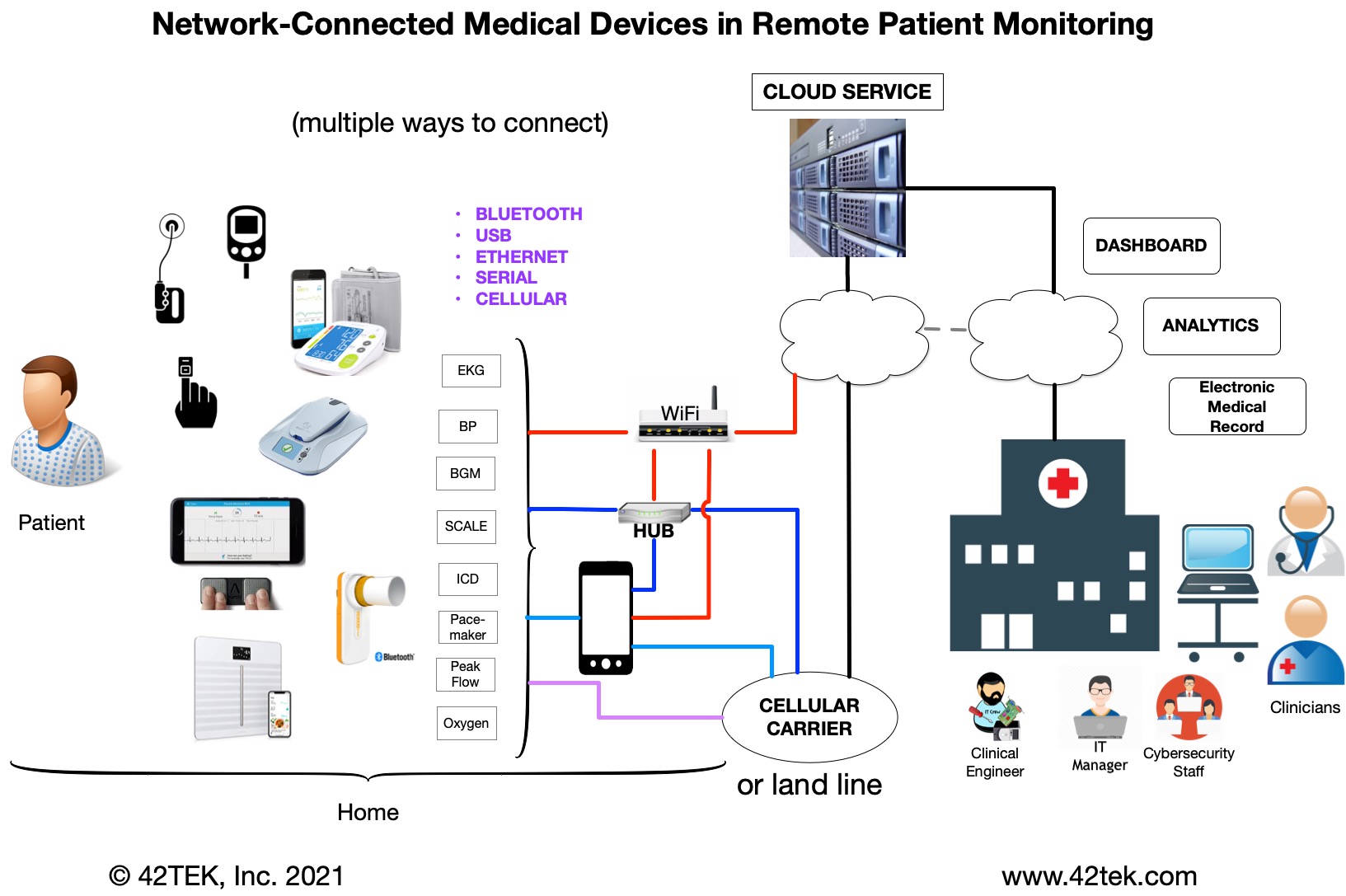You won’t want to miss this presentation on Climate Restoration. It tells how a novel approach will be used to remove enough carbon dioxide from the air to reverse global warming. It uses a natural process that happens when dust and volcanic ash blow into the ocean.
Iron in this dust helps phytoplankton grow and this microscopic plant life captures carbon dioxide through photosynthesis.
The presentation will explain work underway to develop monitoring technology to guide the process and a pilot project planned for the near future. If all goes well, the process can be scaled up to operate worldwide. I’ll be announcing the launch of a new nonprofit organization to do this work.
On June 10, 2025 at 7:00 PM (Pacific), you can attend in person in Milpitas, CA or online via Zoom. Pre-registration is required as space is limited both in-person and online. See https://californiaconsultants.org/event/climate-restoration-using-natural-processes/.
If you cannot attend or listen in, check out these resources:
D. Snyder and P. Fiekowsky, “Implementing Climate Restoration This Decade,” https://42tek.com/wp-content/uploads/2025/05/SnyderFiekowsky_ClimateRestoration.pdf
https://www.onepercentbrighter.com/p/the-reason-youve-never-heard-of-ocean?utm_campaign=post
https://www.onepercentbrighter.com/p/fertilizing-the-ocean-does-two-things
Also see the book written by Peter Fiekowsky and Carole Douglis. https://www.rivertownsbooks.com/book-page/ebook-climate-restoration-by-peter-fiekowsky-with-carole-douglis
and the essay at https://climaterestoration.substack.com/p/the-startling-math-of-ocean-iron
‘want to talk about it? Contact me at david@42tek.com







